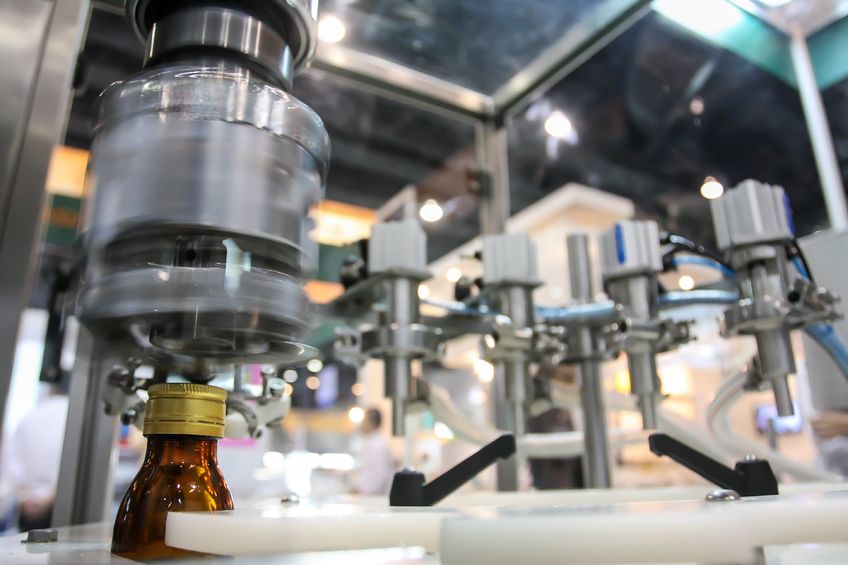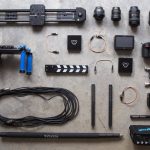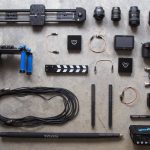
PROJECT MANAGEMENT IN MEDICAL INDUSTRY
The medical industry has grown multifold over the last decade and the amount of innovation and development has proved the fact that with the growth of technology we can expect better and affordable solutions in the health sector with the help of innovative medical devices. For these major medical device companies, innovation leads to prototyping which is a major constituent while developing a medical device after a thorough research. It

3 REASONS TO AUTOMATE YOUR BUSINESS
Let’s accept the fact that with every technological development that takes place, it’s major focus is improved efficiency, cost cutting and better output. This is the major reason we are focused on the implementation of latest solutions for our businesses. An increasingly popular term that we come across is automation. And rightly so, it is the thing of the future which is slowly connecting all the aspects of industrialization. The

SETTING UP LABVIEW PROJECT
Complete the following steps to set up the LabVIEW project: Launch LabVIEW by selecting Start»All Programs»National Instruments»LabVIEW. Click the Empty Project link in the Getting Started window to display the Project Explorer window. You can also select File»New Project to display the Project Explorer window. Select Help and make sure that Show Context Help is checked. You can refer to the context help throughout this process for information about items

REAL-TIME PROCESSOR
An industrial 400 MHz Freescale MPC5200 processor that deterministically acquires one’s LabVIEW Real-Time applications on the reliable Wind River VxWorks real-time operating system features the CompactRIO installed the system. Built-in operations for transferring data between the real-time processor within the CompactRIO embedded system and the FPGA are available in LabVIEW. One can pick from more than 600 built-in LabVIEW functions to frame its multithreaded installed system for real-time analysis, control,

COMPACTRIO SCAN MODE TUTORIAL
This section will teach a person how to create a basic control application on CompactRIO using scan mode. One should see the LabVIEW FPGA Tutorial if the choice is to use the LabVIEW FPGA Interface. One should then have a new LabVIEW Project that consists of the existing CompactRIO system, including the controller, C Series I/O modules, and chassis. An NI 9211 Thermocouple input module will be used in this

GETTING STARTED WITH COMPACTRIO – PERFORMING BASIC CONTROL
The National Instruments Compact An advanced embedded data and control acquisition system created for applications that require high performance and reliability equals RIO programmable automation controller. The system has open, embedded architecture, extreme ruggedness, small size, and flexibility, that engineers and embedded planners can use with COTS hardware to instantly build systems that are custom embedded. NI CompactRIO is powered by National Instruments LabVIEW FPGA and LabVIEW Real-Time technologies, it

I²C (INTER-INTEGRATED CIRCUIT)
I²C (Inter-Integrated Circuit), pronounced I-squared-C or I-two-C, is a multi-master, multi-slave, packet-switched, single-ended, serial computer bus invented by Philips Semiconductor (now NXP Semiconductors). It is typically used for attaching lower-speed peripheral ICs to processors and microcontrollers in short-distance, intra-board communication. Alternatively, I²C is spelled I2C (pronounced I-two-C) or IIC (pronounced I-I-C). Since October 10, 2006, no licensing fees are required to implement the I²C protocol. However, fees are still required

EMBEDDED CONTROLLER FOR DATA ACQUISITION
Embedded control is a subgroup of the overall data acquisition and control market. The I/O system is not connected to an external PC. The processor runs the system or the PC, which is incorporated into the I/O chassis itself, is the differentiating feature of an embedded system. One hosted DAQ system is usually introduced by some type of general purpose PC with a keyboard, monitor or some other human interface

WHAT IS RS422?
RS-422, also known as TIA/EIA-422, is a technical standard originated by the Electronic Industries Alliance that specifies electrical characteristics of a digital signaling circuit. Differential signaling can transmit data at rates as high as 10 Mbit/s, or may be sent on cables as long as 1500 meters. Some systems directly interconnect using RS-422 signals, or RS-422 converters may be used to extend the range of RS-232 connections. The standard only

APPLICATIONS OF RS-485
RS-485 signals are used in a wide range of computer and automation systems. In a computer system, SCSI-2 and SCSI-3 may use this specification to implement the physical layer for data transmission between a controller and a disk drive. RS-485 is used for low-speed data communications in commercial aircraft cabins’ vehicle bus. It requires minimal wiring and can share the wiring among several seats, reducing weight. RS-485 is used as


